Space news stories
Astronomers and the European Space Agency’s planetary defence community recently spotted an asteroid just hours before it struck the Earth
Evidence suggests surface minerals of outer main-belt asteroids, proposed to have sourced building blocks of Earth’s water and life, are only stable at low temperatures. These asteroids formed in distant orbits and may help explain Earth’s composition
Some planets, like ours, rotate as they spin around their stars – an endless turning of day into night into day again. But other planets behave differently; tidally-locked to their stars, one side continually faces the sun, while the other is shrouded in perpetual darkness.
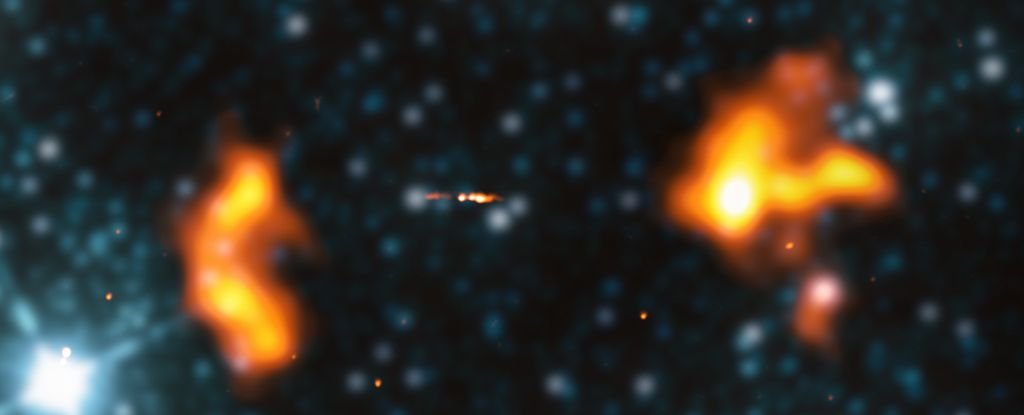
Astronomers have just found an absolute monster of a galaxy. Lurking some 3 billion light-years away, Alcyoneus is a giant radio galaxy reaching 5 megaparsecs into space. That’s 16.3 million light-years long, and constitutes the largest known structure of galactic origin.
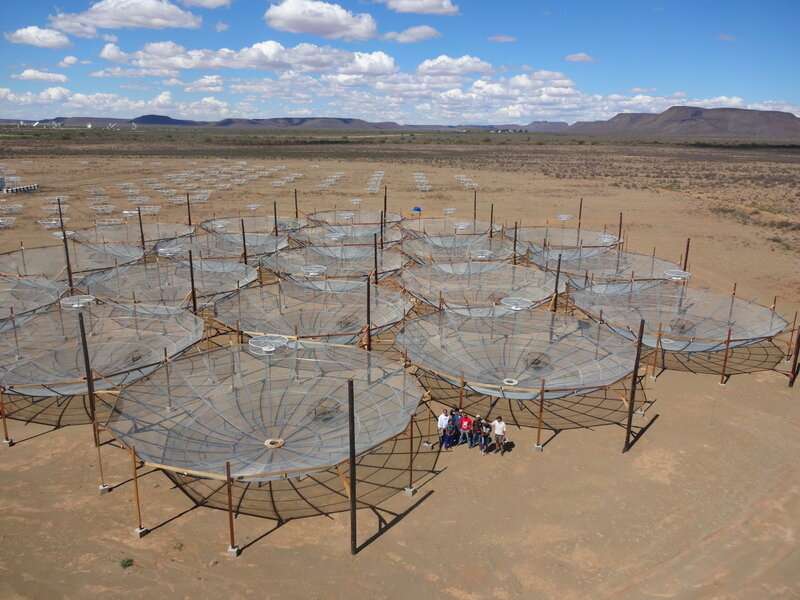
All through history, humans have created and shared stories that ponder the creation of stars—what they are and how the first stars came to be.
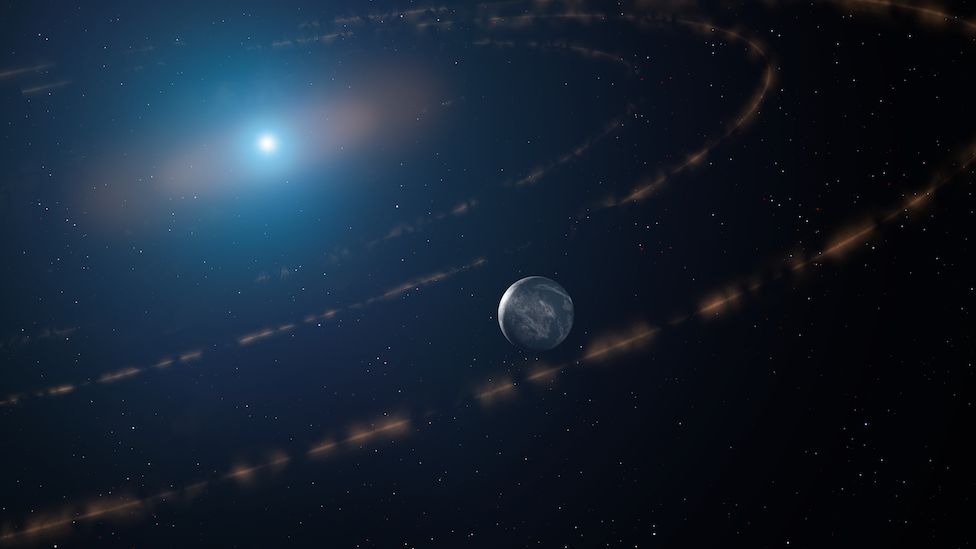
Researchers believe there may be a planet that could sustain life, in the vicinity of a dying sun.
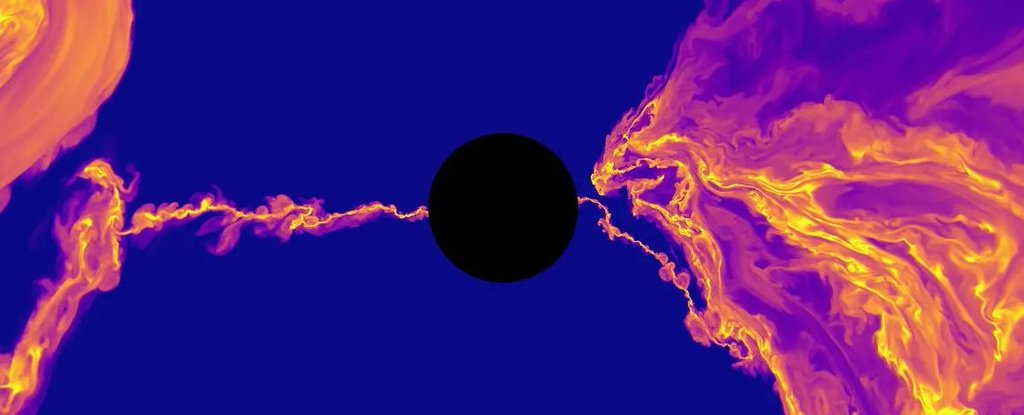
While black holes might always be black, they do occasionally emit some intense bursts of light from just outside their event horizon. Previously, what exactly caused these flares had been a mystery to science
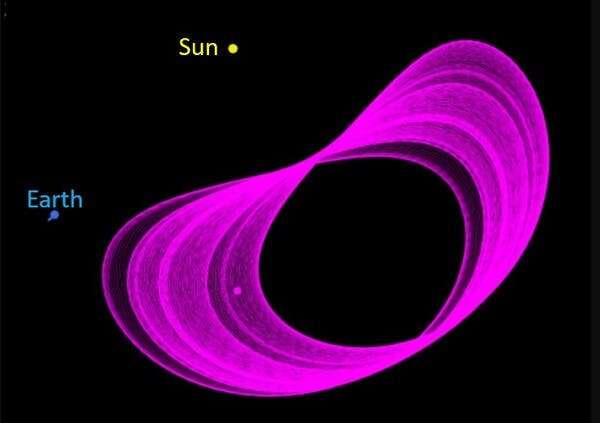
Research has shown that the Earth trails an asteroid barely a kilometer across in its orbit about the Sun—only the second such body to have ever been spotted. It goes round the Sun on average two months ahead of the Earth, dancing around in front like an excited herald of our coming.
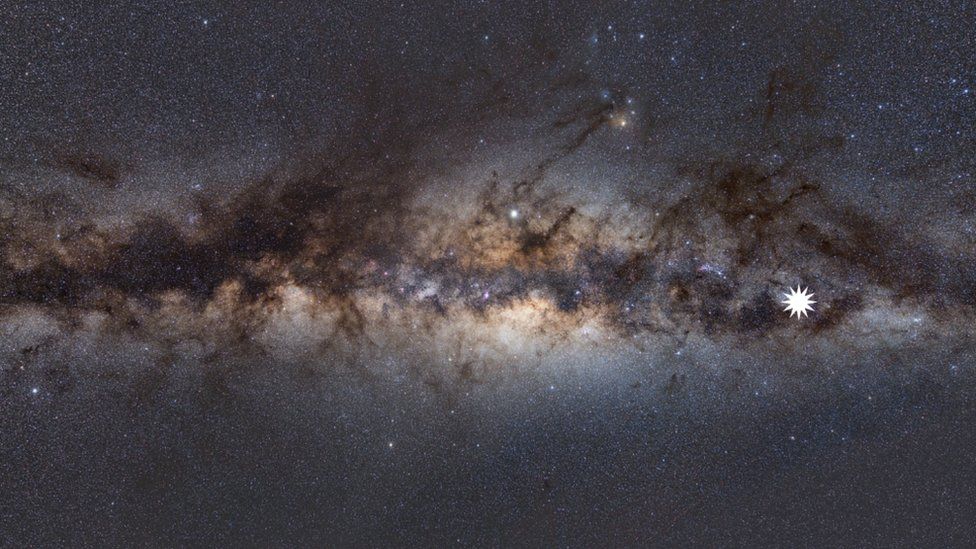
Australian scientists say they have discovered an unknown spinning object in the Milky Way that they claim is unlike anything seen before.

Planet likely to be spared from catastrophic end if 10km-wide Earthbound asteroid was spotted, analysis finds
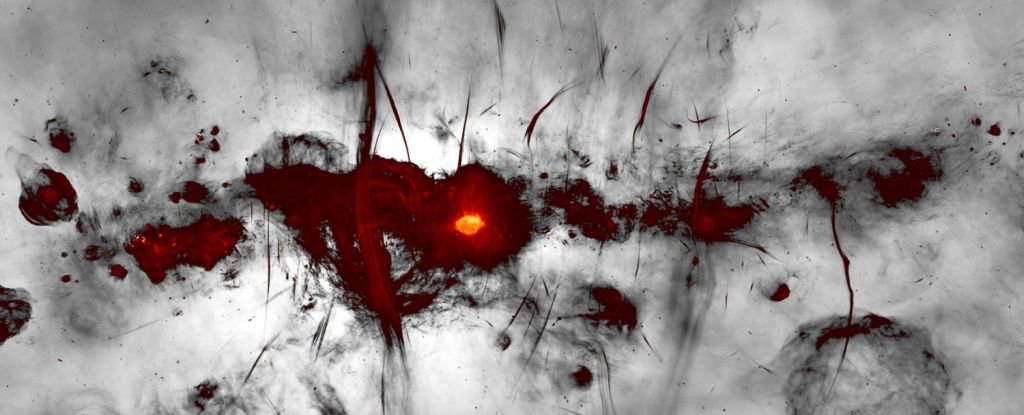
A new image of the heart of the Milky Way is revealing mysterious structures we’ve never seen before.

Fresh analysis of craters on Mars suggests that asteroids have been smashing into the surface at a consistent rate for at least 600 million years.

Scientists have found “compelling evidence” that Saturn’s “Death Star” moon is hiding an ocean just beneath its surface, furthering the search for possible life in our solar system.
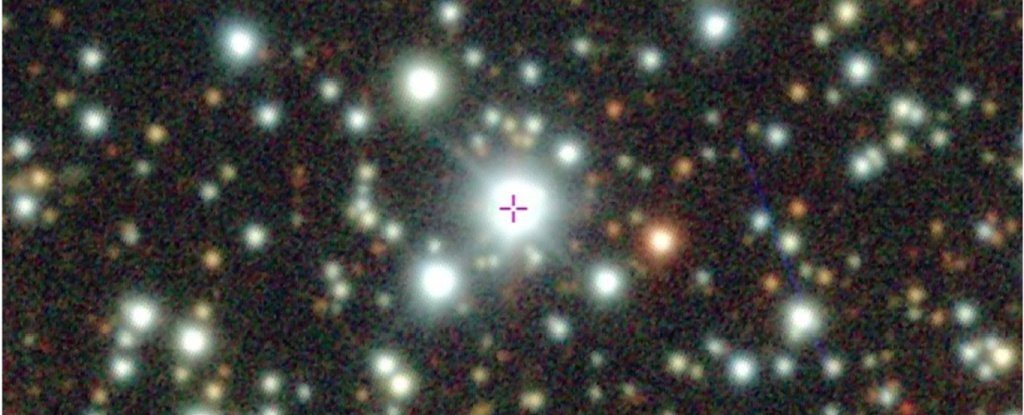
There are a lot of unexplained objects out there in the Universe, and astronomers have just found another one – a strange, dusty object that may be causing its host star to dim by up to 75 percent.

A dense, magnetic star violently erupted and spat out as much energy as a billion suns — and it happened in a fraction of a second, scientists recently reported.
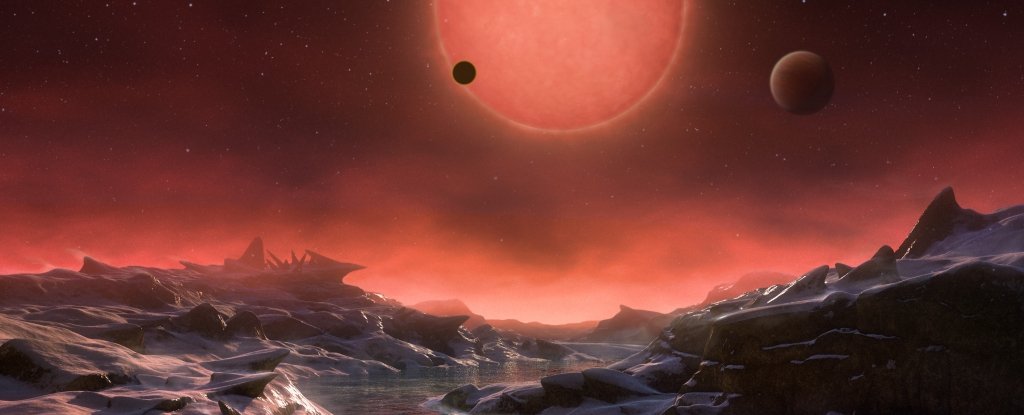
On the grand cosmic scale, our little corner of the Universe isn’t all that special – this idea lies at the heart of the Copernican principle. Yet there’s one major aspect about our planet that’s peculiar indeed: Our Sun is a yellow dwarf.








